No products in the cart.
Creative Packaging Ideas to Elevate Kitchenware Brands
-
By: Caroline Ray
-
January 22, 2025
Is your kitchenware brand leaving a lasting impression on customers, or is it blending into the background with generic packaging? In the competitive world of kitchenware, innovative packaging is not only eye-catching but essential for differentiating your brand. By adopting creative packaging designs—from custom shapes to luxury materials—you can enhance brand identity and create memorable unboxing experiences. This post explores various packaging ideas that not only capture consumer attention but also elevate your brand’s market presence. Discover how unique design elements can transform your packaging into a powerful marketing tool.
 Sustainable packaging solutions are vital for kitchenware brands aiming to connect with eco-conscious consumers. Using eco-friendly materials not only helps in reducing environmental impact but also aligns with the values of a growing demographic that prioritizes sustainability. Recyclable, biodegradable, and reusable packaging materials contribute significantly to a brand’s differentiation in the market. By adopting these materials, brands can humanize their relationship with customers, fostering trust and demonstrating a commitment to environmental responsibility.
Sustainable packaging solutions are vital for kitchenware brands aiming to connect with eco-conscious consumers. Using eco-friendly materials not only helps in reducing environmental impact but also aligns with the values of a growing demographic that prioritizes sustainability. Recyclable, biodegradable, and reusable packaging materials contribute significantly to a brand’s differentiation in the market. By adopting these materials, brands can humanize their relationship with customers, fostering trust and demonstrating a commitment to environmental responsibility.
Implementing sustainable packaging can significantly enhance brand perception and customer loyalty. Consumers increasingly prefer brands that reflect their own values, and packaging serves as a tangible representation of a brand’s commitment to sustainability. By integrating eco-friendly packaging solutions, kitchenware brands can build a positive brand image, attract environmentally conscious customers, and cultivate long-term loyalty. This approach not only supports environmental goals but also positions the brand as a leader in sustainable practices, creating a competitive advantage in a crowded market.
 Effective packaging cost management is essential for kitchenware brands aiming to maintain quality and a strong brand image without overspending. By strategically managing packaging expenses, brands can allocate resources more effectively, ensuring that both the product and its presentation align with consumer expectations. Cost-effective packaging solutions do not only reduce expenses but can also enhance brand advocacy by showcasing creativity and resourcefulness. Balancing cost with quality is crucial in the competitive market, where packaging not only protects the product but also serves as a reflection of the brand’s values and standards.
Consider these cost-saving strategies to optimize packaging expenses:
Effective packaging cost management is essential for kitchenware brands aiming to maintain quality and a strong brand image without overspending. By strategically managing packaging expenses, brands can allocate resources more effectively, ensuring that both the product and its presentation align with consumer expectations. Cost-effective packaging solutions do not only reduce expenses but can also enhance brand advocacy by showcasing creativity and resourcefulness. Balancing cost with quality is crucial in the competitive market, where packaging not only protects the product but also serves as a reflection of the brand’s values and standards.
Consider these cost-saving strategies to optimize packaging expenses:
 Robust and visually appealing packaging is crucial for kitchenware brands in the online retail and e-commerce space. With customers unable to physically interact with products before purchase, the packaging serves as the first tangible impression, setting the tone for the product’s perceived quality. It must ensure the safe delivery of items, especially fragile kitchenware, while simultaneously capturing consumer interest through its design. This dual role makes packaging a pivotal element in the e-commerce strategy, where both protection and aesthetics contribute to a positive customer experience.
Robust and visually appealing packaging is crucial for kitchenware brands in the online retail and e-commerce space. With customers unable to physically interact with products before purchase, the packaging serves as the first tangible impression, setting the tone for the product’s perceived quality. It must ensure the safe delivery of items, especially fragile kitchenware, while simultaneously capturing consumer interest through its design. This dual role makes packaging a pivotal element in the e-commerce strategy, where both protection and aesthetics contribute to a positive customer experience.
Well-designed packaging not only secures the product but also enriches the online shopping experience by reinforcing brand identity and quality. By integrating protective features with appealing visuals, brands can build trust and encourage repeat purchases. Packaging that communicates reliability and care in its design assures customers of the brand’s commitment to quality, making them more likely to return for future transactions. This strategic approach to packaging design is integral to fostering long-term customer relationships in the competitive e-commerce environment.
Innovative Kitchenware Packaging Concepts
Innovative designs in kitchenware packaging are pivotal for capturing consumer attention and elevating brand identity. Creative packaging not only serves as a vessel for the product but also as an extension of the brand’s personality. Unique and aesthetically pleasing designs are essential for making packaging eye-catching. By incorporating elements like unique shapes and personalized touches, brands can create a memorable unboxing experience that resonates with customers. Luxury packaging options, which provide a premium feel, further reflect brand values and enhance perceived product quality. Innovative concepts for kitchenware packaging can take many forms:- Custom Shapes: Designing packaging in unique shapes that stand out on the shelf.
- Printed Designs: Using vibrant, high-quality prints that tell a story or convey brand values.
- Multi-Use Packaging: Creating packaging that can be repurposed for other uses, adding value for the consumer.
- Interactive Elements: Incorporating features like QR codes or augmented reality for an engaging experience.
- Eco-Friendly Materials: Utilizing sustainable materials that appeal to environmentally conscious consumers.
Sustainable Packaging Solutions for Kitchenware Brands
 Sustainable packaging solutions are vital for kitchenware brands aiming to connect with eco-conscious consumers. Using eco-friendly materials not only helps in reducing environmental impact but also aligns with the values of a growing demographic that prioritizes sustainability. Recyclable, biodegradable, and reusable packaging materials contribute significantly to a brand’s differentiation in the market. By adopting these materials, brands can humanize their relationship with customers, fostering trust and demonstrating a commitment to environmental responsibility.
Sustainable packaging solutions are vital for kitchenware brands aiming to connect with eco-conscious consumers. Using eco-friendly materials not only helps in reducing environmental impact but also aligns with the values of a growing demographic that prioritizes sustainability. Recyclable, biodegradable, and reusable packaging materials contribute significantly to a brand’s differentiation in the market. By adopting these materials, brands can humanize their relationship with customers, fostering trust and demonstrating a commitment to environmental responsibility.
| Material | Description | Benefits |
|---|---|---|
| Recycled Paper | Paper made from post-consumer waste. | Reduces waste, conserves resources, and is easily recyclable. |
| Biodegradable Plastics | Plastics that decompose naturally over time. | Minimizes landfill impact and breaks down faster than traditional plastics. |
| Bamboo | A fast-growing, renewable resource used for packaging. | Highly sustainable, biodegradable, and strong. |
Enhancing Consumer Experience Through Packaging
The unboxing experience is a pivotal aspect of consumer interaction with kitchenware brands, serving as the first tangible connection between the product and the customer. Thoughtful packaging design can transform this moment into a memorable event, creating excitement and anticipation. When consumers receive a package that reflects careful consideration and creativity, it immediately elevates their perception of the brand. This initial impression is not just about aesthetics; it’s about capturing the essence of the brand and communicating its story in a way that resonates emotionally with the recipient. To enhance consumer experience, consider incorporating these elements into packaging:- Personalized Notes: Adding a handwritten or custom-printed note can make the recipient feel valued and personally connected to the brand.
- Engaging Designs: Utilize unique and captivating designs that stand out and reflect the brand’s personality.
- Storytelling Through Packaging: Use packaging to convey the brand’s story or mission, creating a narrative that engages the customer.
- Tactile Elements: Incorporate textures or interactive features that invite consumers to explore the package, adding an element of surprise and delight.
Cost-Effective Packaging Strategies
 Effective packaging cost management is essential for kitchenware brands aiming to maintain quality and a strong brand image without overspending. By strategically managing packaging expenses, brands can allocate resources more effectively, ensuring that both the product and its presentation align with consumer expectations. Cost-effective packaging solutions do not only reduce expenses but can also enhance brand advocacy by showcasing creativity and resourcefulness. Balancing cost with quality is crucial in the competitive market, where packaging not only protects the product but also serves as a reflection of the brand’s values and standards.
Consider these cost-saving strategies to optimize packaging expenses:
Effective packaging cost management is essential for kitchenware brands aiming to maintain quality and a strong brand image without overspending. By strategically managing packaging expenses, brands can allocate resources more effectively, ensuring that both the product and its presentation align with consumer expectations. Cost-effective packaging solutions do not only reduce expenses but can also enhance brand advocacy by showcasing creativity and resourcefulness. Balancing cost with quality is crucial in the competitive market, where packaging not only protects the product but also serves as a reflection of the brand’s values and standards.
Consider these cost-saving strategies to optimize packaging expenses:
- DIY Packaging: Create custom packaging in-house using simple tools and materials to reduce outsourcing costs while adding a personal touch that resonates with consumers.
- Alternative Materials: Use less expensive or recycled materials, such as shredded waste paper as filler, to cut costs sustainably while appealing to eco-conscious consumers.
- Optimizing Packaging Sizes: Design packaging that precisely fits products to minimize material use and shipping costs, enhancing efficiency and reducing waste. Balancing cost with quality is a delicate task that requires thoughtful planning. While it’s vital to manage costs, skimping on quality could harm the brand’s reputation. The aim should be to find a sustainable middle ground where cost-effective solutions do not detract from the perceived value of the product. By focusing on innovative and sustainable strategies, brands can uphold their image and deliver a memorable packaging experience that aligns with their core values.
Trends in Kitchenware Packaging Design
Staying abreast of current packaging trends is crucial for kitchenware brands aiming to maintain relevance and appeal in a competitive market. Trends in packaging design not only capture consumer interest but also reflect a brand’s adaptability and creativity. By embracing contemporary styles, brands can communicate innovation and dynamism, which are attractive qualities to modern consumers. Incorporating vibrant designs, interactive elements, and minimalist aesthetics helps brands maintain a fresh and engaging image, ensuring they stand out on the shelves and in online marketplaces. Current packaging trends for kitchen goods include:- Vibrant Colors: Utilizing bold and diverse color palettes to create eye-catching designs that draw consumer attention.
- Interactive Elements: Integrating features such as QR codes or augmented reality experiences to engage customers in a meaningful way.
- Minimalist Designs: Employing clean lines and simple layouts that emphasize the product itself, appealing to consumers who appreciate understated elegance.
- Eco-Conscious Materials: Using sustainable materials to appeal to environmentally conscious consumers, aligning packaging with broader sustainability trends.
Packaging Design for Online Retail and E-commerce
 Robust and visually appealing packaging is crucial for kitchenware brands in the online retail and e-commerce space. With customers unable to physically interact with products before purchase, the packaging serves as the first tangible impression, setting the tone for the product’s perceived quality. It must ensure the safe delivery of items, especially fragile kitchenware, while simultaneously capturing consumer interest through its design. This dual role makes packaging a pivotal element in the e-commerce strategy, where both protection and aesthetics contribute to a positive customer experience.
Robust and visually appealing packaging is crucial for kitchenware brands in the online retail and e-commerce space. With customers unable to physically interact with products before purchase, the packaging serves as the first tangible impression, setting the tone for the product’s perceived quality. It must ensure the safe delivery of items, especially fragile kitchenware, while simultaneously capturing consumer interest through its design. This dual role makes packaging a pivotal element in the e-commerce strategy, where both protection and aesthetics contribute to a positive customer experience.
| Feature | Purpose | Example |
|---|---|---|
| Cushioned Inserts | Protect fragile items during transit | Foam or molded pulp inserts for glassware |
| Vibrant Graphics | Attract and engage customers visually | Colorful, high-resolution prints on the box exterior |
| Resealable Closures | Enhance usability and product preservation | Zip-lock features on flexible pouches |
The Role of Branding in Kitchenware Packaging
Integrating branding elements into kitchenware packaging is essential for establishing a strong market presence and enhancing product appeal. By aligning packaging with brand colors, voice, logo, and style, brands can create a cohesive and recognizable image that resonates with consumers. When packaging reflects a brand’s identity, it serves as a powerful marketing tool, differentiating products in a crowded marketplace. Consistent branding ensures that every interaction with the packaging reinforces the brand message, fostering familiarity and trust among consumers. Branding strategies for kitchenware packaging include:- Consistent Color Schemes: Using a unified color palette across all packaging to reinforce brand identity and ensure instant recognition.
- Prominent Logo Placement: Placing the brand logo in strategic locations on the packaging to enhance visibility and recall.
- Storytelling Elements: Incorporating narratives or imagery that convey the brand’s story, creating an emotional connection with consumers.
- Textural Variety: Using different textures to not only appeal visually but also provide a tactile experience that reflects the brand’s quality.
- Incorporating Logo Stickers: Adding logo stickers as a finishing touch can emphasize brand recognition and add a professional flair to the packaging.
Final Words
Innovative kitchenware packaging concepts prioritize unique designs and brand alignment, creating memorable consumer experiences. Sustainable materials support brand identity while appealing to eco-minded buyers, enhancing brand perception and loyalty. Thoughtful designs elevate the unboxing process, fostering satisfaction and advocacy. Balancing cost with quality ensures an efficient packaging strategy without compromising brand image. Current trends, such as vibrant designs and interactive elements, boost visibility. Well-designed e-commerce packaging builds trust and enhances online shopping experiences. Smart branding through packaging strengthens recognition and consumer connections. Embracing creative packaging ideas for kitchenware brands ensures a lasting market impression.FAQ
How can I make my packaging unique?
Using unique shapes, custom designs, and personalized touches can make packaging stand out. Consider multi-use packaging, vibrant colors, and incorporating elements that represent brand values to create a memorable impression.What are the four C’s of packaging?
The four C’s of packaging are Consumer, Cost, Convenience, and Communication. These factors guide design decisions to meet consumer needs, manage costs effectively, ensure ease of use, and clearly convey brand messages.What is the packaging design trend in 2024?
Packaging design trends for 2024 emphasize vibrant colors, interactive elements, minimalist styles, and sustainable materials. These approaches focus on capturing consumer attention and integrating environmental consciousness into brand identity.How to make food packaging attractive?
To make food packaging attractive, utilize eye-catching designs, engaging colors, and readable fonts. Incorporate visual storytelling elements and consider functional features like resealable zippers or view windows to enhance consumer appeal.What are some creative packaging ideas for kitchenware brands?
Creative ideas include custom-shaped boxes, printed designs with brand storytelling, sustainable materials, and multi-functional packaging that can serve additional purposes beyond product containment. These concepts add value and align with brand identity.
Caroline Ray
Hello, I’m Caroline Ray, a custom packaging consultant and designer. With a professional journey spanning over eight years, I’ve evolved from a budding designer to a recognized expert in the field. Currently holding the position of Packaging Consultant, I’ve honed my skills in creating not just visually stunning packaging but also solutions that align with strategic business goals for custom pacakging.
Tag
Categories
List Posts
February 26, 2025
Smart Packaging for Smart Devices: Design Innovations
February 26, 2025
Functional Packaging: Protecting and Showcasing Tech Accessories
February 18, 2025
Unboxing Joy: Creative Packaging Ideas That Delight
February 17, 2025

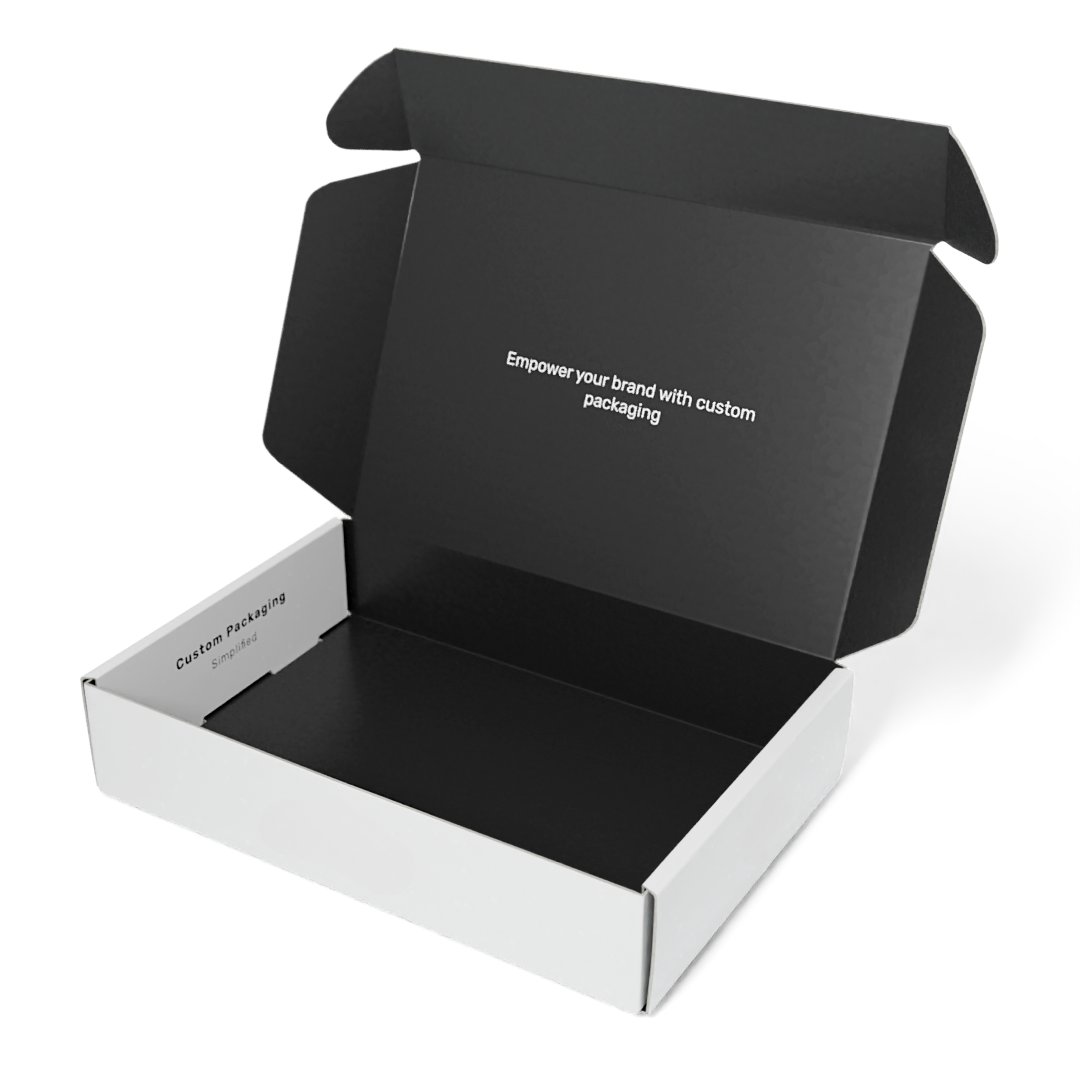
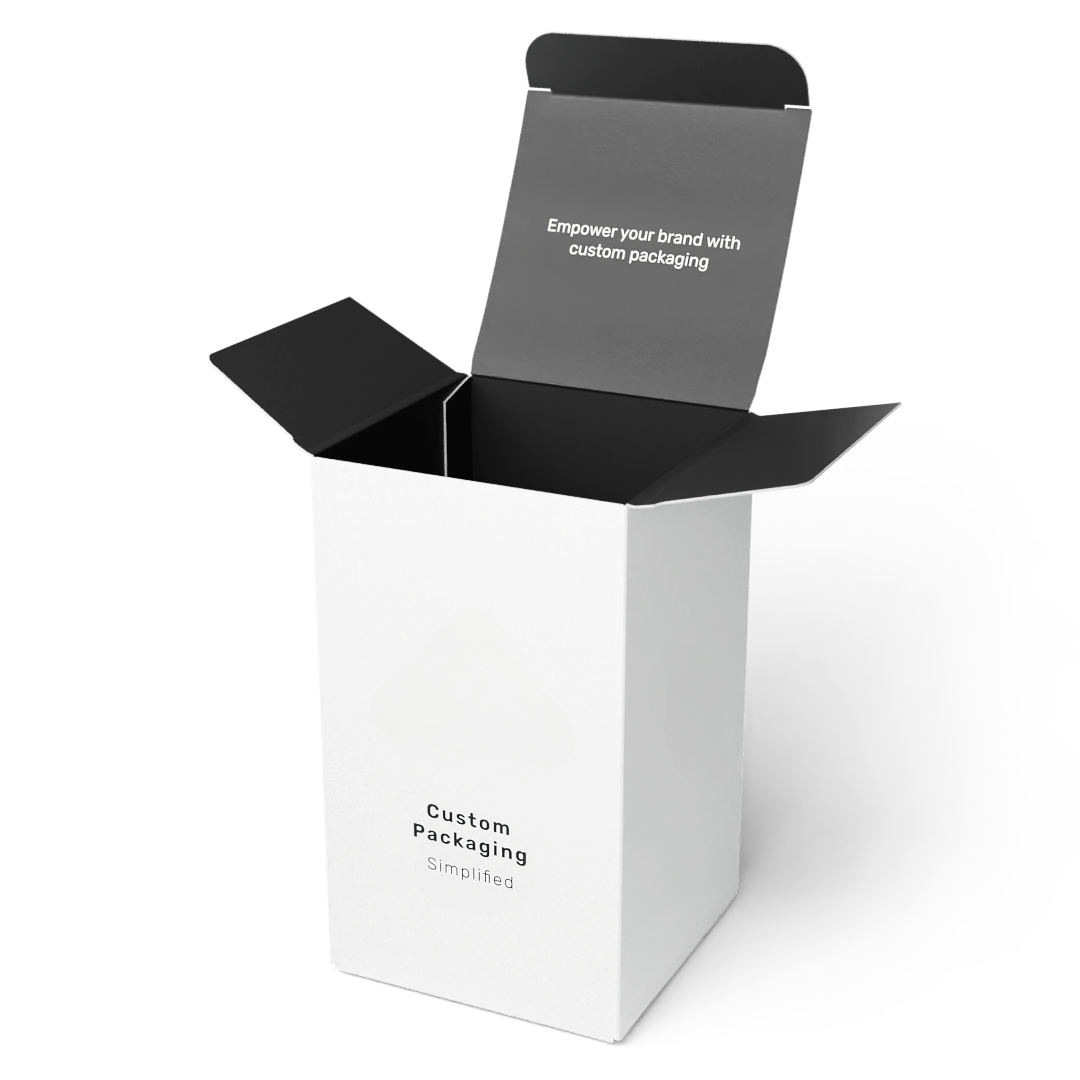
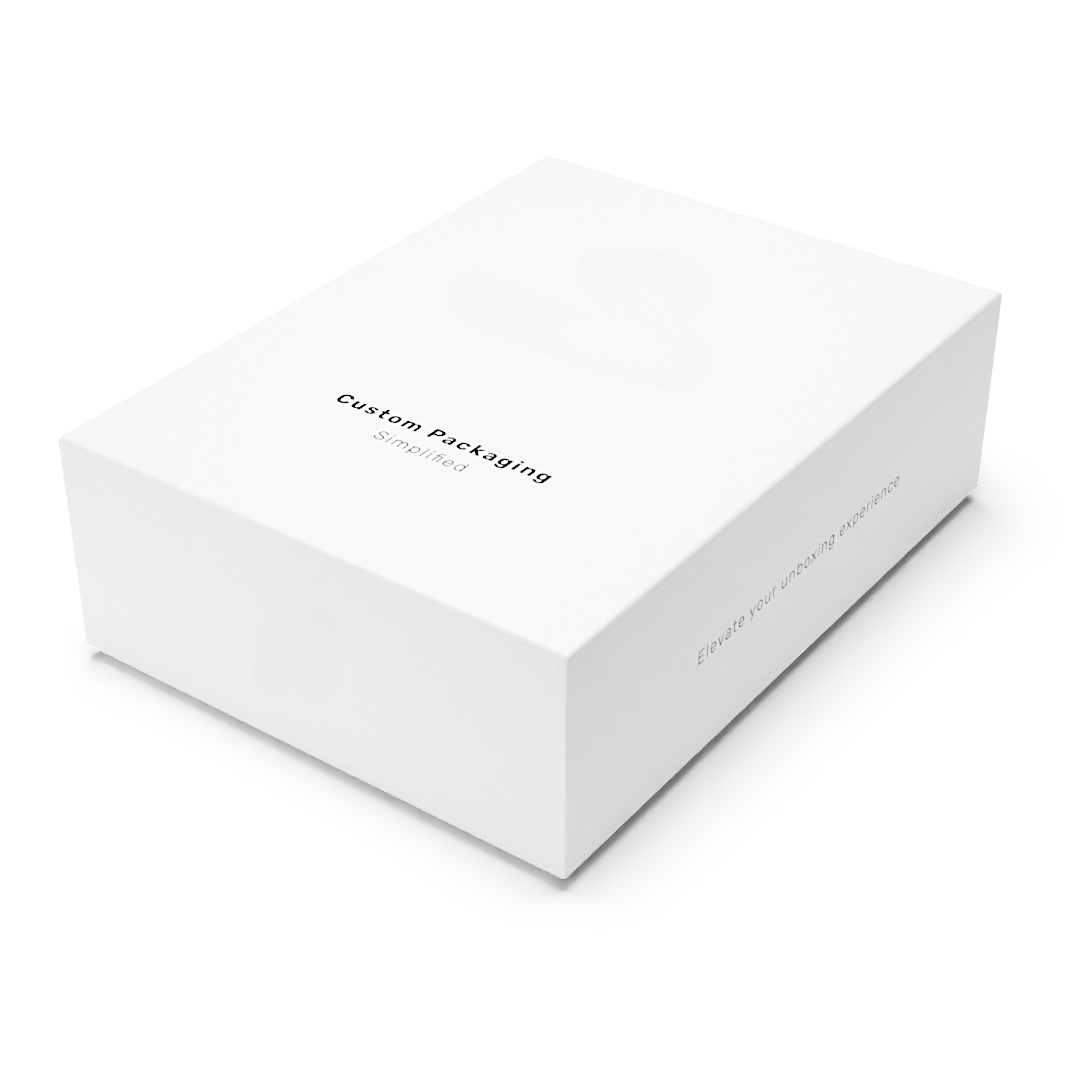
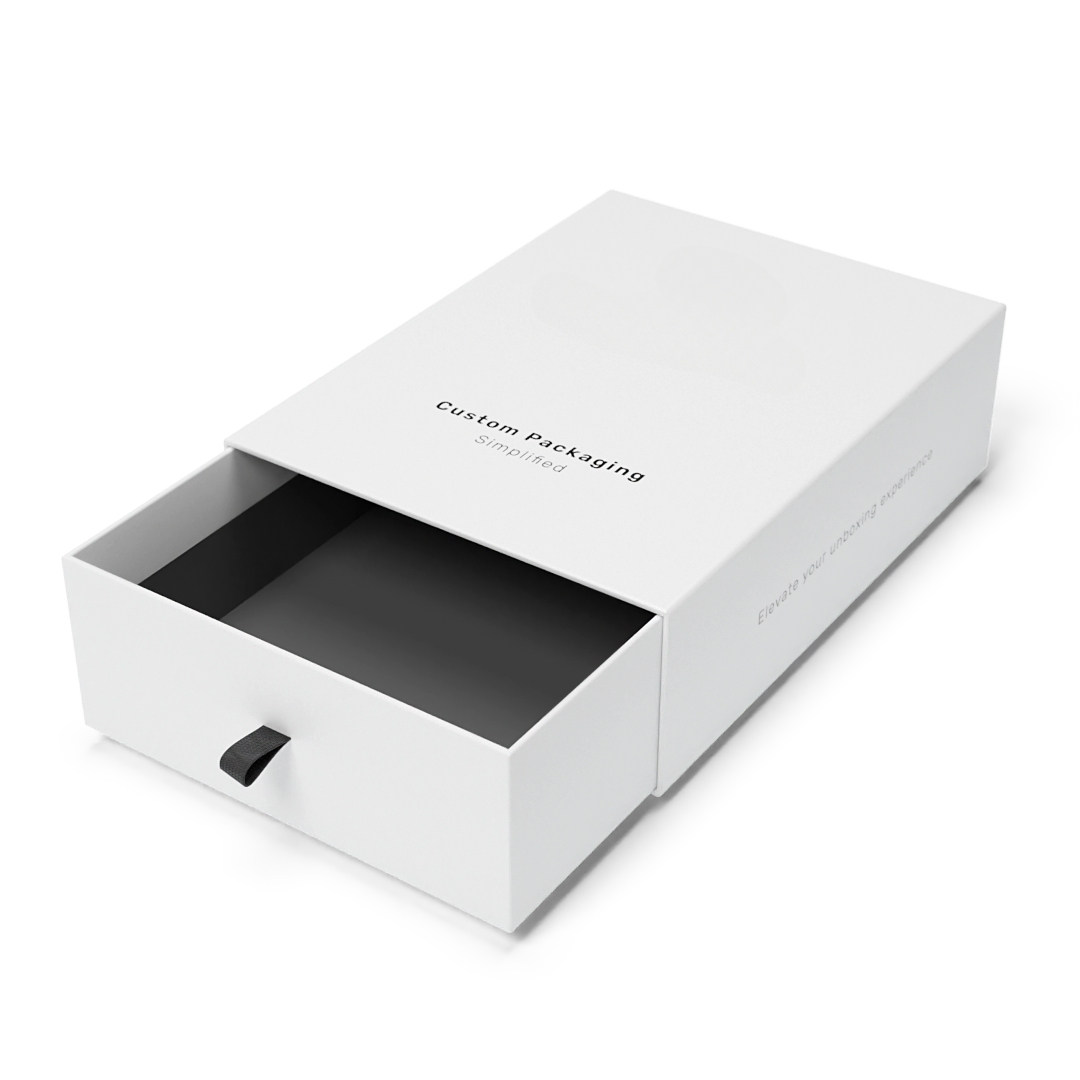
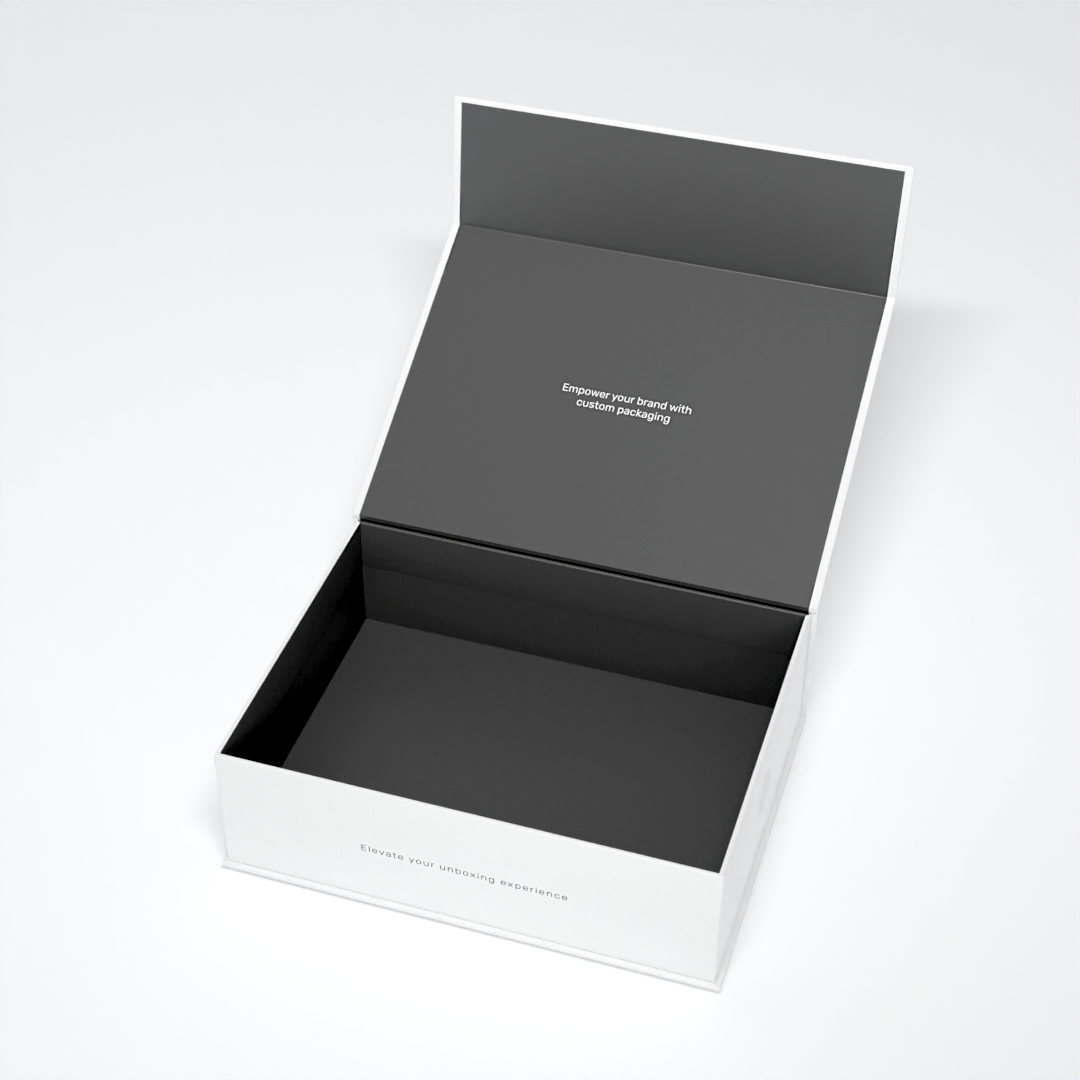
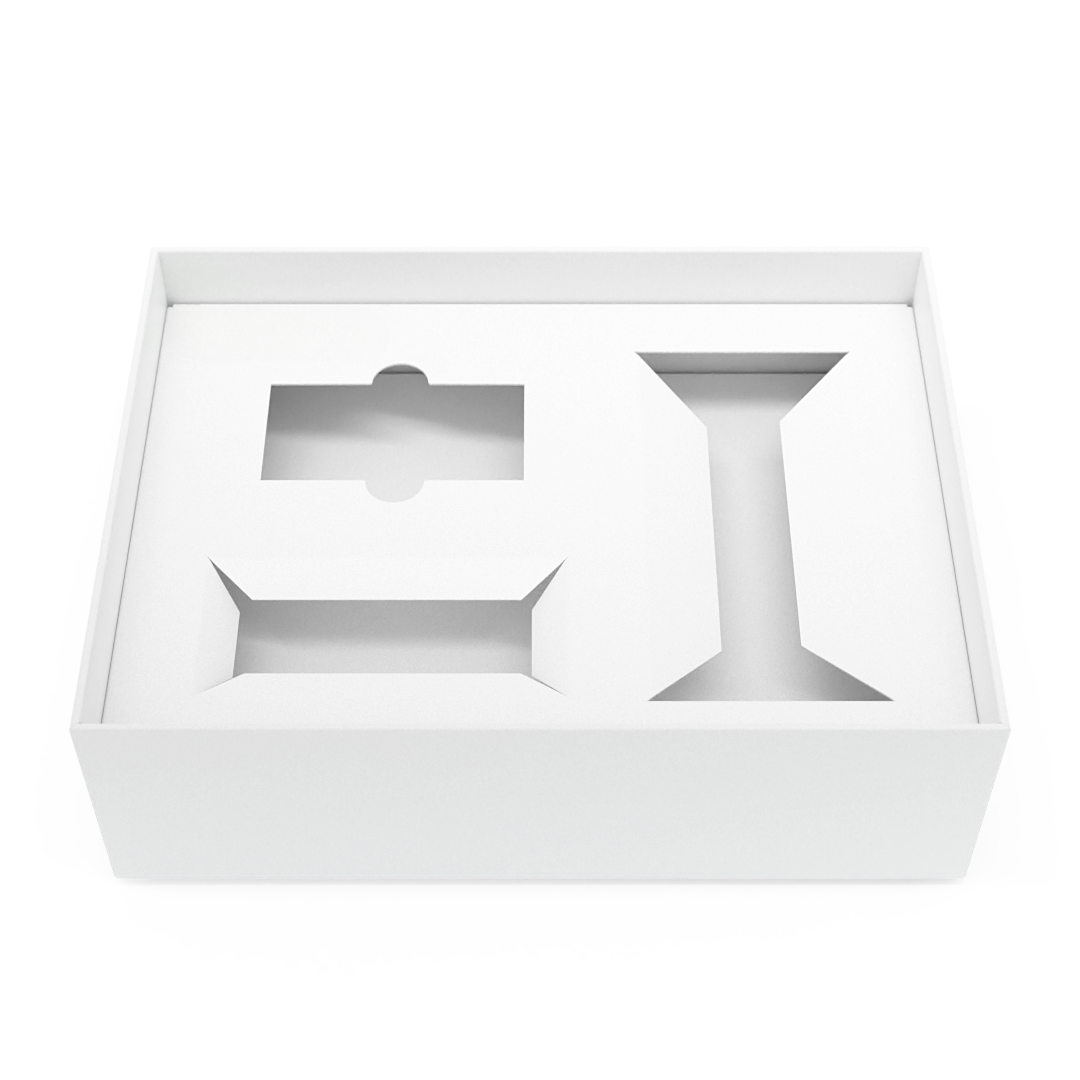
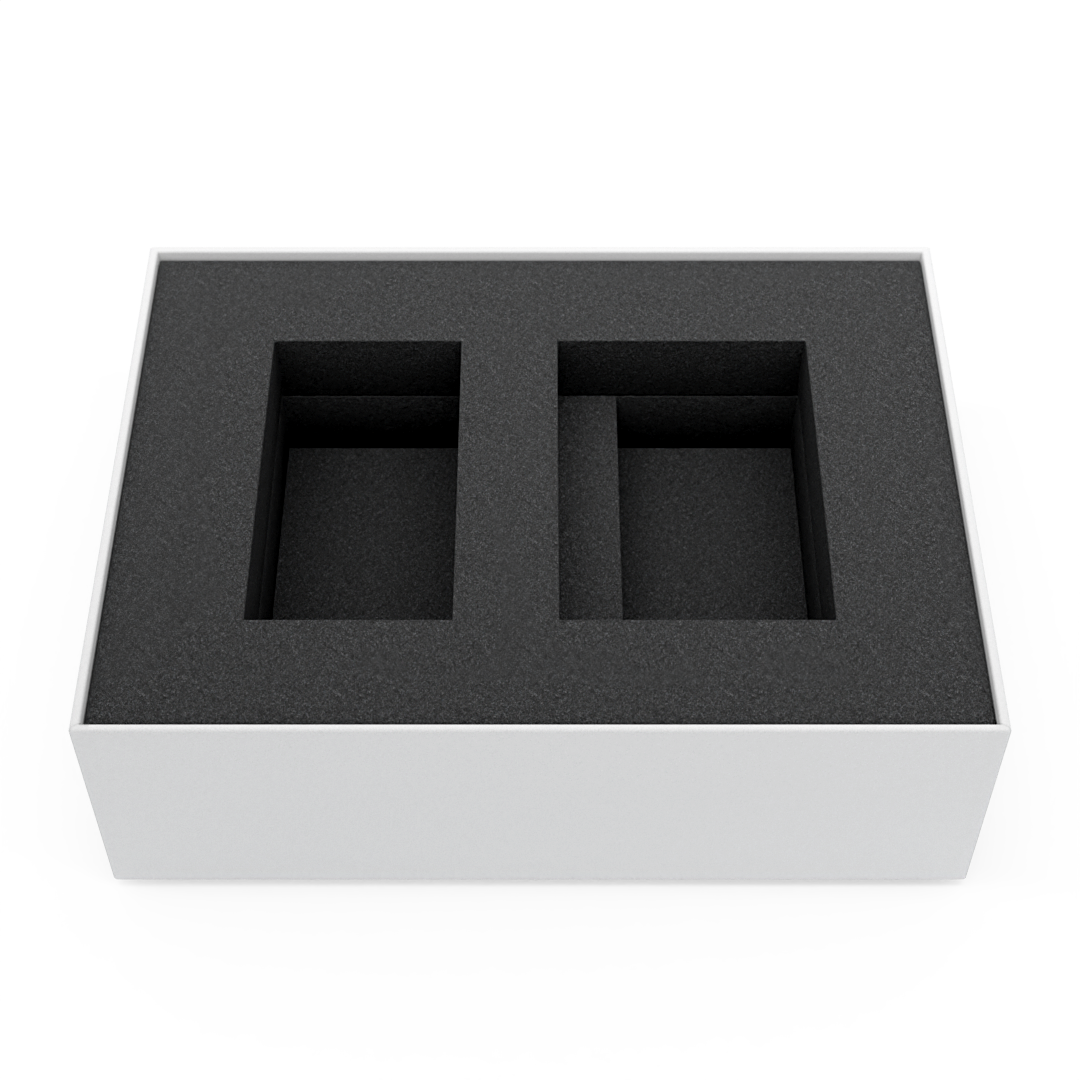
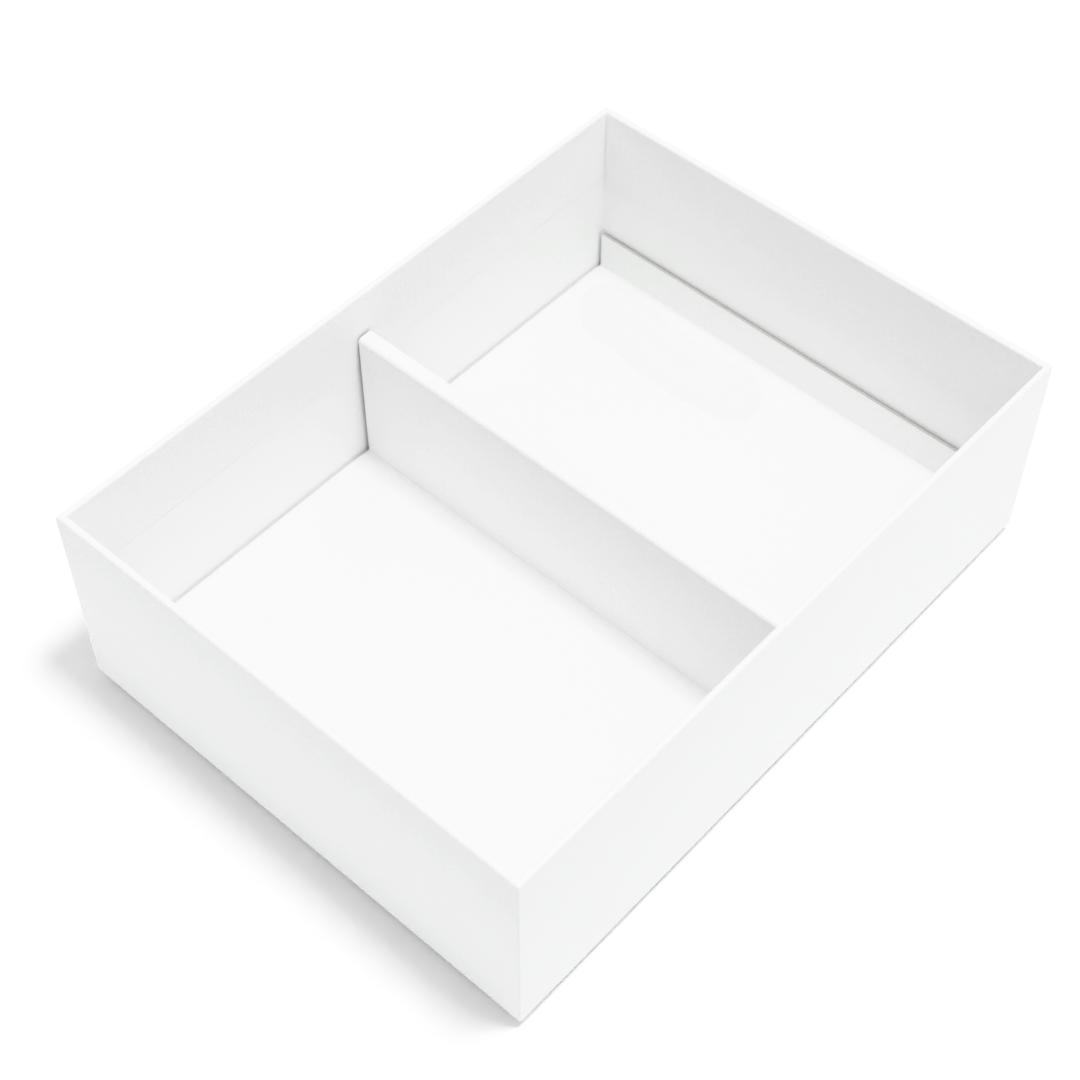
Leave a comment